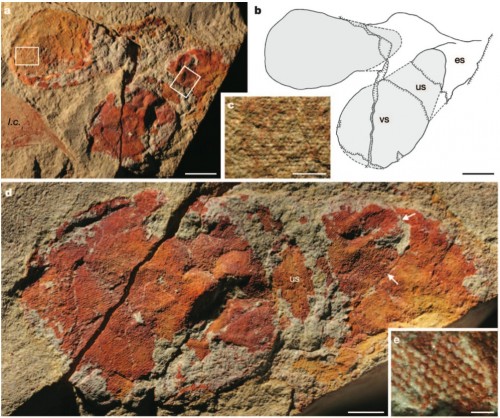If you aren’t attending the Northeast Conference on Science and Skepticism on that day, like I am, there’s another big skeptical conference going on on the other side of the country: SkeptiCal will be held in Berkeley. You’re in luck if you’re in New York or Northern California, but the rest of us will have to travel.
Next time, they ought to split the difference and hold both in some exotic place halfway in between, like, say, Morris…it’s the only way we’ll get a heroic Eugenie Scott vs. Steven Novella face-off.



